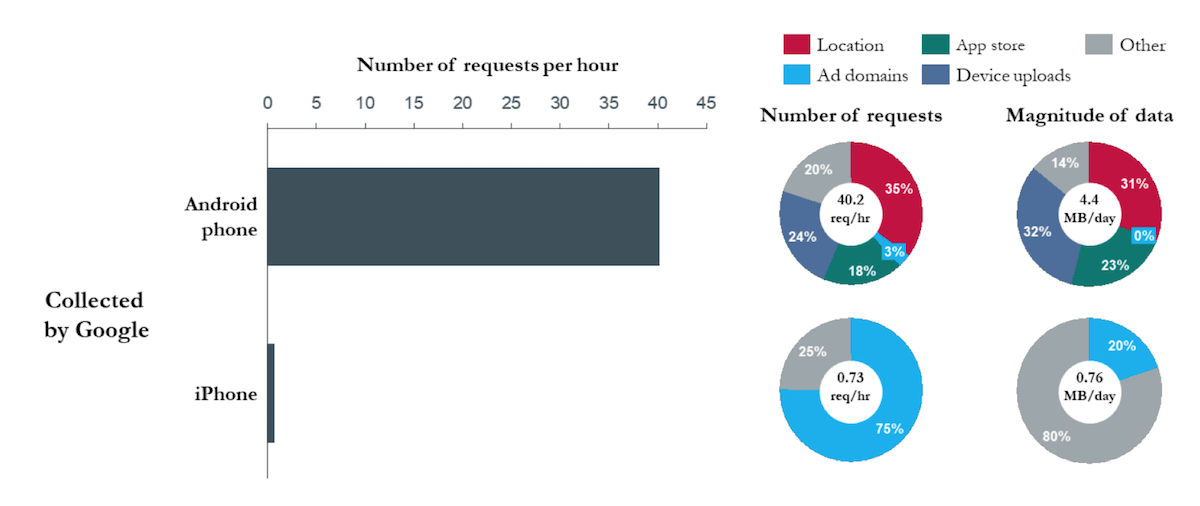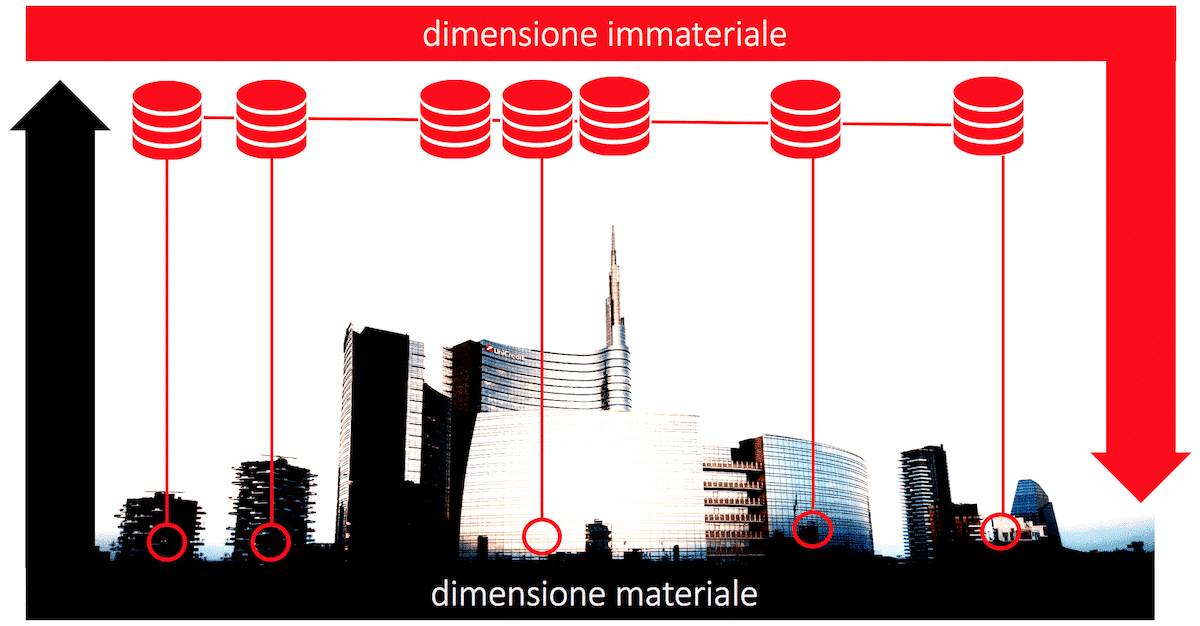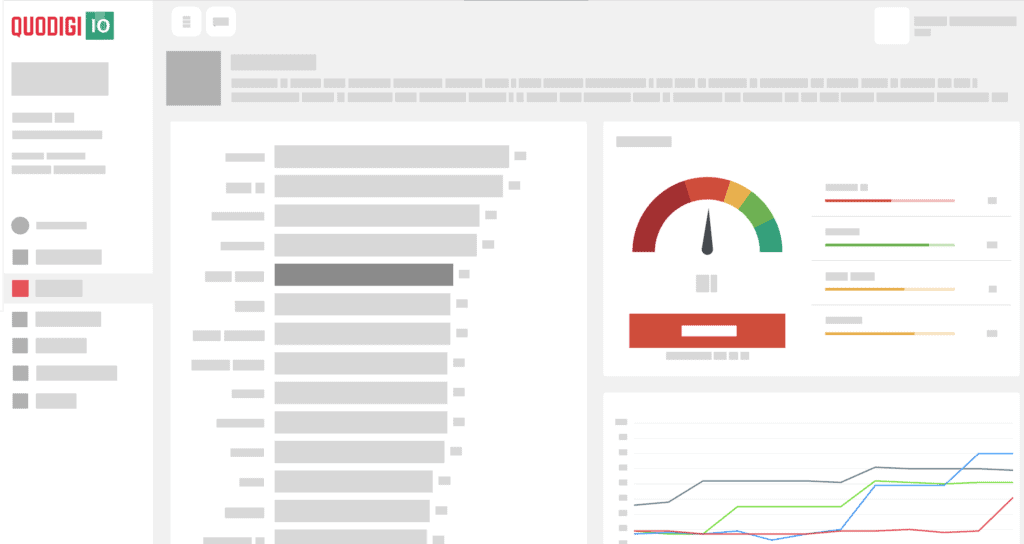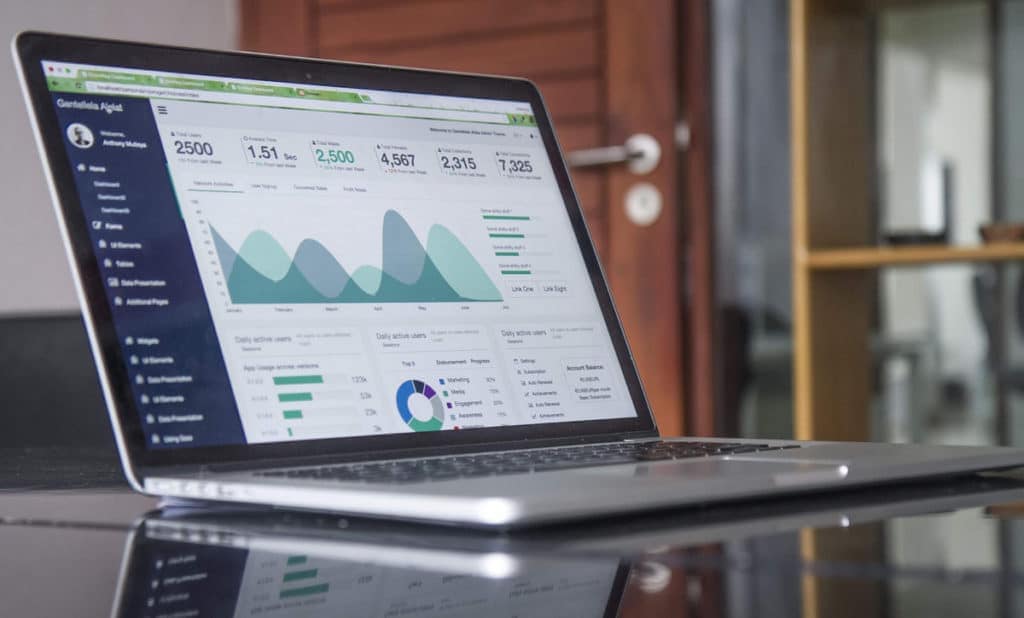In order to face a change and synchronize the evolution of a company with the evolution of the world around it, it is essential to carry out and adopt a series of reasoning and "awareness" of the changes taking place.
It is a historical period in which stopping and thinking is essential, to understand the context well and consequently set the right actions to ensure success, which appears to be acquired today, even in the medium and long term. The success of today will have to pass in an agile way a step of reconversion to adapt to an increasingly digital world and confirm itself as a successful model by integrating a new dimension.

The importance of understanding change, and why we are inclined to overlook it instead
The underestimation of the dynamics taking place in the world around us may constitute an unperceived risk, since most of the change in our world takes place on an immaterial level, without changing the material world in which we live in a too perceptible way. On the other hand, however, it should be borne in mind that although the current short term still brings good economic satisfaction, a medium to long term scenario requires a strong and discontinuous change in mentality compared to the past. This step must be taken before a drop in performance due to a lack of digital evolution becomes apparent. In fact, by the time this symptom occurs in such a decisive way as to solicit corrective actions, it may be too late to set up all the necessary measures to properly address the digital transformation.
The pieces of the immaterial world: data and information
The relevance of data emanates from the achievement of high capitalizations of digital companies that we all know, but it is hardly perceived before the achievement of such striking results. It is instead a dynamic silently (in the background?) taking place with a constant and transversal flow, therefore agnostic by industry, sector, company size.
44 billion GB of data was generated on average every day in 2016
Just think that a smartphone in idle mode, without any particular interaction with the user, generates and transmits to Google from a minimum of 0.76 MB/day of data (iPhone) to a maximum of 4.40 MB/day of data (for an Android device).

For those interested in understanding the depth and pervasiveness of this issue, I suggest the report Google Data Collection, by Prof. Douglas C. Schmidt - Vanderbilt University, which analyzes in detail the amount and type of data aggregation processed by Google: https://digitalcontentnext.org/wp-content/uploads/2018/08/DCN-Google-Data-Collection-Paper.pdf

Data Allocation
It is difficult to estimate the amount of data that is generated in an increasing way day by day, but it is interesting to note the development and construction of data centers in order to store data architectured taking as reference the order of magnitude of the Exabyte (= 10 ^18 bytes) in order to support the ever increasing amount of data generated.
Keep in mind that statistically 75% of this data is stored in unstructured form.
These data require processing according to criteria not yet established in order to be categorised and indexed so that they can be used for analysis. They are also stored in a digital "reservoir" because of their untapped potential, the impact of which is not yet quantified.
Imagining the intangible business
This opens up a number of broad issues, such as the disproportionate increase in the power of digital industries that possess a large and diverse amount of data, the right to ownership of data, the danger of misuse of such data, the extent of potential intervention by the regulator ...
It is now well known that the immaterial space of data is already shaping and governing the dynamics of the physical world much more than is perceptible.
Although this "parallel world" is only partially visible precisely because of its intangible nature, an effort of imagination to think about how to place your company in a medium to long term scenario is essential.
it is necessary to develop the ability to think about how to represent a business on an intangible level
Therefore, carry out reasoning and analysis where a business is mapped taking into account:
- connective heritage: open connections on which functional business information moves between the various nodes, i.e. the stakeholders
- wealth of information and its aggregate: available information and its aggregation to create value by exploiting available connections and interactions
- interactive heritage: type of interaction obtainable with the various nodes of the system based on connections and available information.
This type of reasoning transcends industry, size, and state of digitization of the company. Even for an apparently "simple" business, you can try to think in terms of current connective, informative and interactive assets and their future evolution, and you will be surprised by the insights and conclusions that will come out of this reasoning. The final image of this article may well represent the structure of a business on the intangible plane, and this is a point of view that is mandatory to adopt and take into account even for the simplest day to day decisions.




